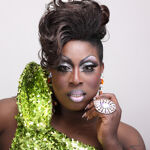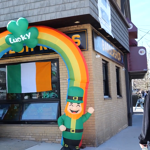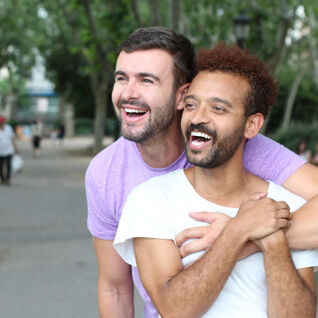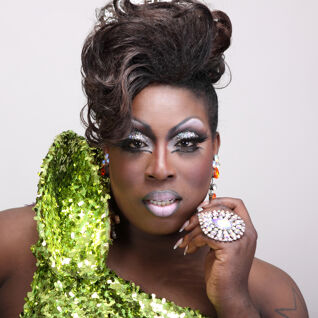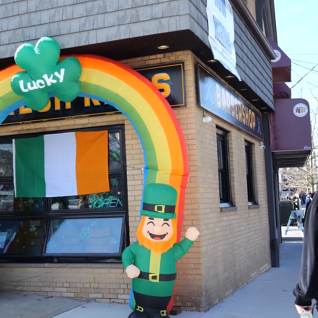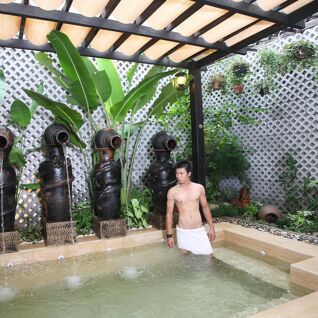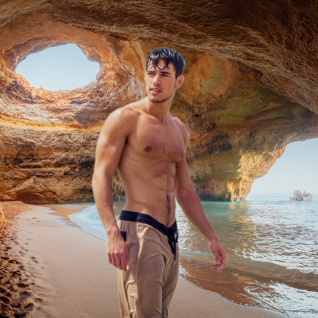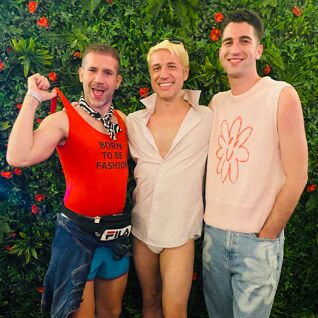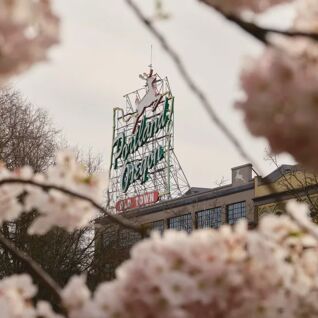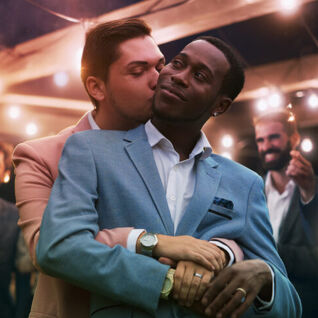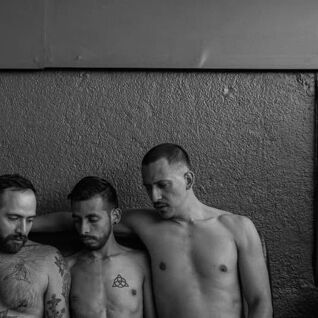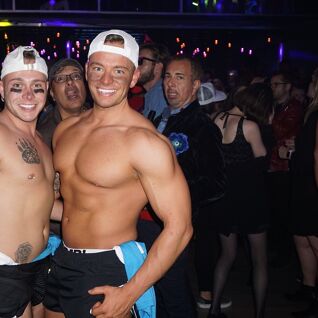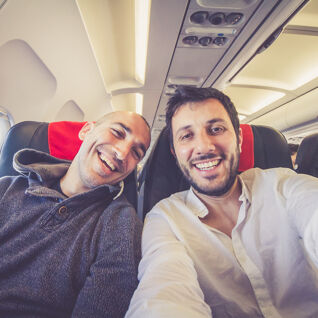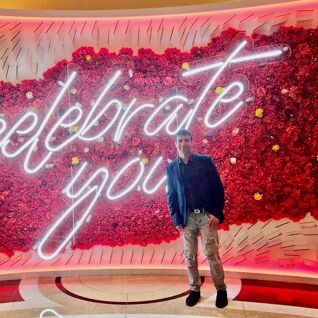
Back in the late 70s and early 80s, the riverside western edge of Manhattan was far less developed than today. Infamously, many gay men went to the abandoned piers near Christopher Street looking for sex, or as a place to hang out and sunbathe during the summer months.
Fences around the piers kept most people out. However, the flimsy barricades were pretty easy to transverse if one wanted to do so.
Before the arrival of AIDS, the piers were a place of sexual liberation and community. One man who thankfully captured some of this brief period in New York’s history was photographer Stanley Stellar. An exhibition of his pier photos arrives at the Kapp Kapp gallery in NYC this weekend.

“I wanted to be part of this new freedom,” Stellar says in a press release for the show. “And with that freedom came this place behind a fence. There was a wooden fence placed in front of the perimeter of all the abandoned piers. And, as the cars went by on the West Side Highway, they didn’t know we were there. They didn’t know anybody was on the other side of the wooden fence.”
Stellar, who was born in 1945, has lived in the same TriBeCa loft on N. Moore Street since the 1970s. He has witnessed—and captured through his lens—great changes in New York during that time.

Through Stellar’s eyes, the one constant is his peers’ unwavering dedication to connection. Gay men want to connect, and they will gravitate toward those places that allow them to do so, even if they’re locations others would shun or fear to set foot.
Related: The most famous male strip club in the US closes permanently
“The piers were free … And the police didn’t care. It was safe.”
“It’s a show about three gay piers,” Stellar told AnOther. “They were immense, abandoned, shed-like buildings. It was a hostile world. In the city, gay men could only meet at night, in the dark, in clubs or in bars. The piers were free. You could take off your clothes and lay in the sun, nude, with other guys looking for sex, right in Manhattan. And the police didn’t care. It was safe. We became a city within a city, and it was based on freedom and sunlight. There was nowhere else we could have done that. None.”

Stellar’s photos capture men relaxing, sunbathing naked (there’s quite a lot of nudity in this show which we, unfortunately, aren’t able to show you), kissing, or getting more intimate with one another inside the piers, which offered an abundance of abandoned rooms.
The piers were also a place where street artists could practice their art. Graffiti by the late Keith Haring, who died from HIV-related illness in 1990 can be seen in the background of some of these shots.

This is the first exhibition at Kapp Kapp’s new gallery space at 86 Walker Street in TriBeCa, just a stone’s throw from the old locations of the piers featured. The new 1,800 square-foot space is more than twice as big as the gallery’s former premises at 368 Broadway.
Related: Can you help save the historic Julius’ in New York City?
Stanley Stellar: The Piers (1976-1983) runs from January 15-February 19, 2022.
View this post on Instagram
Five other places to discover LGBTQ history in New York City
The Stonewall Inn
View this post on Instagram
The Stonewall uprising in 1969 was the moment of civil unrest that help kick-start the modern Pride movement. The bar, on Christopher Street, remains a place of pilgrimage and features occasional exhibitions and items of historical interest on its walls. The area outside the bar, including the small Christopher Street park, was designated the Stonewall National Monument in 2018 by the National Parks Service.
Related: New York’s Stonewall Inn celebrates the family of LGBTQ Pride flags
LGBTQ Memorial in Hudson River Park, New York

New York’s first official monument to LGBT history was unveiled in 2018 in Hudson River Park. It’s located on the waterfront, roughly between West 12th Street and Bethune Street. Artist Anthony Goicolea came up with the design, which features nine boulders in a circular design. Six of the boulders are bisected and stuck back together with glass.
The New York City AIDS Memorial

Over 100,000 people in New York have died from HIV-related illness since the early 1980s. New York City’s AIDS Memorial, unveiled on World AIDS Day in 2016, lies at St Vincent’s Triangle in Greenwich Village – at the junction of 12th Street, Greenwich Avenue, and Seventh Avenue.
The Leslie-Lohman Museum
The Leslie-Lohman Museum of Art is a dedicated LGBTQ+ art museum. Its mission is to “exhibit and preserve LGBTQ+ art and foster the artists who create it.” Besides its rotating exhibitions, it offers a library and extensive archives, overseeing around 25,000 objects.
Lesbian Herstory Archives
Founded in 1974, the Lesbian Herstory Archives was first housed on the Upper West Side of Manhattan before opening its current Park Slope, Brooklyn, location in 1993. Run by volunteers, it’s the “world’s largest collection of materials by and about lesbians and their communities.” Currently, because of Covid, the archives are accessible by appointment only.
View this post on Instagram

